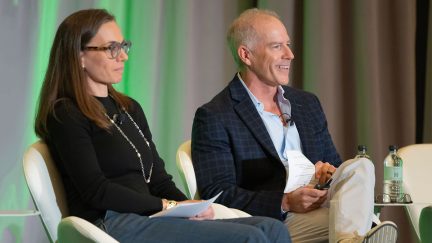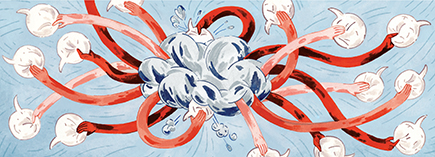For more stories like this, sign up for the PLANADVISERdash daily newsletter.
More than Investment Management: HNWIs Want Comprehensive Services
As wealth increases, complexity increases, according to Cerulli Associates. The firm’s latest research suggests that advisers cannot make investment management the main focus of their offering—particularly at the higher end of the market, as HNW and ultra-HNW (UHNW) investors are looking for a deeper breadth of services. In fact, only 29% of advisers and 12% of wealth managers (who specialize in comprehensive wealth management, often including estate planning and charitable giving) say that “providing superior investment performance” is a major value proposition to clients, according to a 2008 Cerulli survey.
That could be lucky in light of the troubled markets. When looking at it in terms of a long-term advice relationship, a down market isn’t so bad—now is the time to shop for clients. As advisers take on a more comprehensive approach, they are equipping themselves to deliver a good client experience regardless of “inherently unpredictable investment performance,” according to Cerulli.
About 82% of wealth management providers to HNW and UHNW clients offer comprehensive financial planning as a primary service. Investment management is still high up there, with 74% of advisers offering it as a primary service.
Of course, HNW clients have different needs, sometimes depending upon where their wealth came from. Sophisticated and entrepreneurial clients are very willing to experiment with complicated, high-risk investments (58% of advisers strongly agree; 21% moderately agree). “Self-made” HNW clients are more likely to take risk than those who inherited wealth (40% strongly agree; 35% moderately agree). Contrastingly, about half of advisers strongly agree (and 35% moderately agree) that already wealthy clients tend to create portfolios with moderate risk . UHNW clients typically look to a business or other source of wealth to generate high returns rather than a portfolio (44% strongly agree; 39% moderately agree).
Shaping a Practice
Cerulli recommends that wealth management firms serving the HNW and UHNW clients look at their current offerings and expand them to be more competitive and better drive client satisfaction. Advisers in this market say they provide non-investment management services in order to differentiate (90%), enhance client relationships (88%), win investment management business (68%), and as a source of revenue (51%).
The more comprehensive approach with HNW clients is usually handled by team-based advisers. In fact 96% of wealth management practices serving the HNW market are team based. The adviser will serve as a “relationship manager,” coordinating the client’s service and prospecting for new clients, according to the report.
A good proportion of all types of wealth management practices serving HNW clients offer retirement income planning or retirement accumulation planning. The only type of adviser practice that does not overwhelmingly offer these services is, unsurprisingly, money managers (who focus on investment management). Even still, 49% of money managers offer retirement income planning and 41% offer retirement accumulation planning. Across all adviser segments, 95% offer both retirement tasks.
The largest challenge for serving HNW clients is maintaining profitability, wealth management providers say. “Firms are constantly struggling to be comprehensive provider but find it difficult with high client demands and numerous cost cents,” according to Cerulli. Other top concerns are attracting and retaining personnel (63%), adequately addressing compliance issues (42%), and competition (42%).
The report can be purchased through Cerulli at www.cerulli.com or 617.437.0084.
You Might Also Like:

How Do Advisers Navigate the Convergence of Retirement Planning, Wealth Management?

Rethinking Opportunities for RIA Growth

